


 |
 |
 |
Each member of the Special Projects team was selected for his and her (there was only one "her" - Roadrunner Denise Haen) unique qualifications, family stability, ethical, integrity, and moral qualities as well. Roadrunner members who were on this team are T.D. Barnes, codenamed "Thunder", Jim Freedman, Dave Haen, Denise Haen, Wayne Pendleton, and Jules Kabat (codenames unknown).
The Roadrunners recently lost Roadrunner John Grace, a member of America's Who's-who, who was responsible for obtaining many of the radar systems in the radar array. Denise handled the administrative needs from recruiting, security, safety, human resources from the EG&G building on Sunset Road. Denise holds the distinction of being the first female to hold the title of Director of Special Projects Administration. Denise retired from Special Projects after 31 years of service.
Dave Haen was a telemetry specialist during Project Oxcart. During Project Have Drill he was involved with a new radar. From that point on his career is still classified Top Secret. Over the course of over 30 years in Special Projects, Dave advanced to Director of Site Support Operations.
Freedman came from the atmospheric testing of the atomic bomb at the various remote areas of the world to the special projects team as a supervisor.
Barnes was recruited off the NASA High Range at Beatty where he was flight testing the X-15, XB-70, Lifting Bodies, Lunar landing Vehicles, and yes, the A-12, though at the time they were not told what they were tracking. The Beatty tracking station was essential to the Blackbird programs because of it having velocity recording capabilities and other features including radar, telemetry, data collection, and communications necessary for high Mach flight support.
The XB-70 was a Mach 3+ vehicle and the X-15 flew above Mach 6. Each member selected for the Area 51 Special Projects Team either had a boat moored at Lake Mead or a cabin on Mt. Charleston, giving them something in common for what was to come. Each was married and most had two children. Each had to agree to never discuss their job with their family or even with others on the team unless there was a need to know. It was made clear that they would be gone Monday through Friday and would not be able to tell their families where they were going.
On the plus side, the Special Projects team was paid excellent wages to start with and these became "very excellent" as after working 8 hours on Monday they went on time and a half for 4 hours and then double pay 24 hours per day until they arrived home Friday evening. Food and lodging were free and "someone" even furnished them with snake proof boots since they had to go out to the pylon from time to time.
In case of an emergency, their families had a phone number to call at Nellis AFB who would get the word to them. They could call home at any time with a good chance that the call was being monitored. While the rest of the components of Project Oxcart reported to CIA's Werner Weiss, the special projects team reported to a CIA special ops officer named McKinsey.
Like most everyone else at the time, McKinsey was probably a pseudo name. Most of the Special Projects Roadrunners are still bound by their security agreement and probably will be for life regarding projects other than the A-12 and the MiGs, which have been declassified. To this day this group has never discussed with each other the details of their jobs, nor will they likely do so in the future because of the need to know security restriction.
Because from project to project the identity of "the Customer" changed, there was never an established means of transporting the Special Projects team to the Ranch and back. This was further complicated where some in the same job department were so essential to national security that they could not ride in the same common carrier, even to the mess hall. Some flew to and from in a Kingaire housed in a small building near the end of the runway at McCarran Airport. At other times the team boarded a Martin 202 or Otter within the security area of the F-111 at Nellis AFB, which at the time was super secret. At times it was on Air Force aircraft carrying supplies to the facility. They often joked that they were riding with either bombs or chickens.
At one point between projects, the team was transported through the Atomic Testing Range in a Chrysler limo with AEC identification on the doors. This drew many complaints at the Nevada Test Site when this limo blasted down the Widow Maker at 90 MPH each Friday. Especially after they stopped at Indian Springs (as did all Roadrunners) to pick up a few six-packs of beverage for the ride home. Since they didn't exist, no one could track down who was in that limo.
One of the significant fears as Project Oxcart came into being was the discovery of its design innovations that would enable the Soviet Union to develop countermeasures, which would reduce the A-12's value for reconnaissance. Few doubted that the Soviet's TALL KING radar would be able to identify and track the A-12 despite its small, nonpersistent radar return.
The CIA needed to know what the Soviets saw when they tracked the A-12. Thus one of the reasons for the recruitment of an ultra-secret team of specialists having various and unique fields to become the pioneers of the cutting edge technology required to advance the aeronautical successfully. This small team probably did more to win the Cold War than most any other single group in the nation. (Think Red Flag and Top Gun) (Think Star Wars and beyond)(Think now).
North of the Lockheed hangars the Groom dry lake was rimed with a RatScat array of radar systems, threat simulators and optical systems used for local tracking and RCS (Radar Cross Section) evaluations. Housed in its own ultra secret inner sanctum amongst the radar systems was an unpainted two-story barracks that had been converted to host rooms of electronic equipment manned by engineers and technical personnel selected for the Special Projects team, a.k.a. the cadre at Area 51 to serve many "customers," something that continues today.
Most Roadrunners knew of the existence of the Special Projects team since this was where they conducted RCS tests. The early Roadrunners remember the A-12 model atop a hydraulic pole (pylon) situated on the lakebed with line-of-sight to the building and the vast array of radar systems. However, few if any of the Oxcart participants other than security personnel knew the members of this 23-man special projects group. They were housed and transported separate from any of the other Oxcart teams and reported only to McKinsey or engineers or specialists working for the "The Customer." No books have ever mentioned this segment of Oxcart other than to mention them conducting RCS tests.
There is a reason for this lack of notoriety. Some recall towards the end of OXCART the installation of an Army Nike X-band radar system within the radar array about the same time a MiG 23 Fishbed started appearing on the "pole" to be joined later by a couple of MiG-17 Frescos. That was one of Barnes' radar systems when he was in the Army with a Nike unit at Fort Bliss, Texas. It was the "other" projects such as the MiG Have Doughnut, Have Drill, and Have Ferry projects that kept the special projects team sequestered from the rest of the Oxcart teams. Project HAVE DOUGHNUT was the exploitation of a Soviet-built MiG-21F-13 (FISHBED E) fighter- interceptor conducted from 23 January to 8 April 1968, the final months of Project OXCART. Projects HAVE DRILL and HAVE FERRY were two Soviet-built MiG-17F (FRESCO Q fighter-interceptors exploited from 27 January to 30 June 1969. The exploitation was performed under the direction of Foreign Technology Division by a team of specialists drawn from throughout the USAF and USN, including the Laboratories at Wright-Patterson AFB, the Air Force Flight Test Center, the Naval Air Test Center, Naval Weapons Center, the Air Tactical Command, and the Special Projects team at Area 51. In addition to tracking the dog fights staged between the various MiG models against virtually every fighter in U.S. service, and against SAC's B-52 Stratofortress and B-58 Hustlers to judge the ability of the bombers' countermeasures systems, they performed radar cross-section and propulsion tests that contributed significantly to improvements in U.S. air performance in Vietnam. During the design and testing of the A-12, they did not have computers, so they used slide rules.
One thing the Special Projects team did jointly was the designing and building of a computer to interface all the systems to prevent human error during a mission. The computer was programmed to know every switch position and signal level from all the systems and to alert the control room if there was an anomaly. The working hours to accomplish this were enormous. During this period this group was also involved in the early stages of Projects HAVE BLUE (stealth), the most secret project since the Manhattan Project, "SENIOR TREND" (F-117), and TACIT BLUE.
What was learned during these projects at Area 51 prompted the U.S. Navy to commence Top Gun exercises first at Miramar, California and then Fallon, Nevada. Shortly after that, the U.S. Air Force commenced its Red Flag exercises at Nellis AFB, Nevada. One can only imagine what Area 51 has developed since Star Wars.
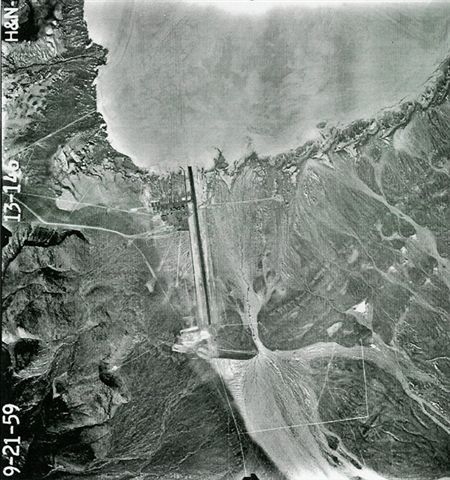
Groom Lake - 1959
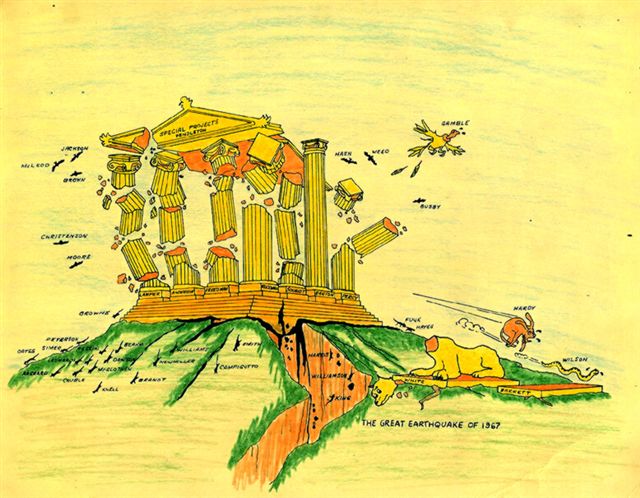
Drawing by Sammie Gamble depicting the reaction of the EG&G Special Projects team to the CIA announcing the termination of Project Oxcart
 |
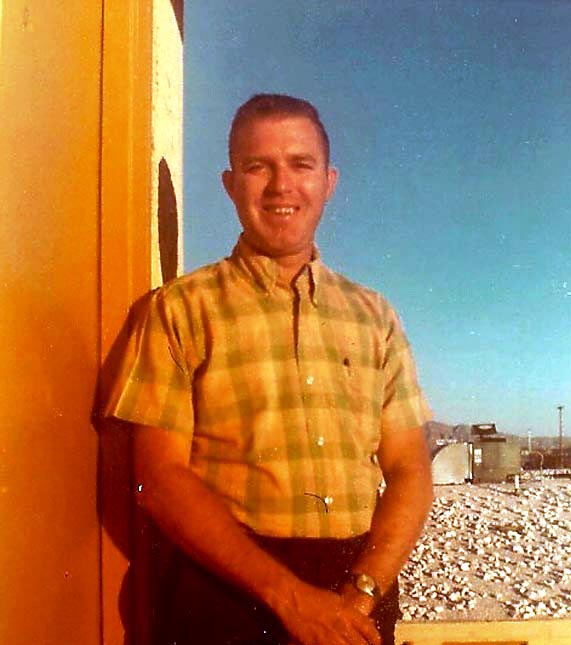 |
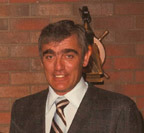 |
| Ralph "Jim" Freedman | T.D. Barnes | Dave Haen |
| Babjack, R.J. | Dockter, Marvin R. | Hardy, Leroy C. | Long, James E. | Swenson, Marvin L. |
| Barnes, Thornton D. | Evans, Paul M. | Heaps, Kenneth L. | Luker, Bobby V. | Thomas, Jeff D. |
| Beahm, Glen M. | Freedman, Ralph J. | Hunt, Lee D. | McGlothen, Willie | Vittetoe, Dennis E. |
| Becherer, Charles B. | Gamble, Sammie L. | Jenkins, Wesley G. | McLeod, William F. | Washam, Charley P. |
| Christensen, Calvin D | Grace, John W. | Kirchhoff, Robert T. | Owens, Elridge W. | Watson, Galen E. |
| Dawson, Cowan F. | Haen, David B. | Leonardi, John | Starry, Clifford E. |
Click on images for enlarged view
 |
 |
 |
 |
 |
 |
Photos donated by Ralph "Jim" Freedman
Click on images for enlarged view
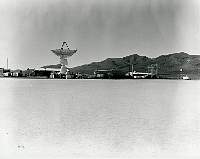 |
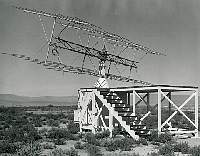 |
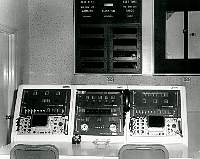 |
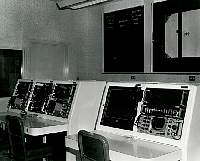 |
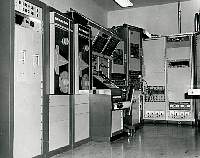 |
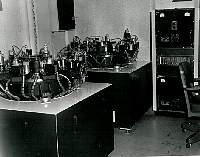 |
 |
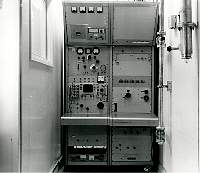 |
 |
 |
There were two things that those of us working at Area 51 in the 1960s will never forget.
1.The excellent food served at the mess hall.
2. The various types of planes we flew in to and from Groom Lake.


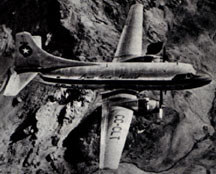
Groomlake in 1959
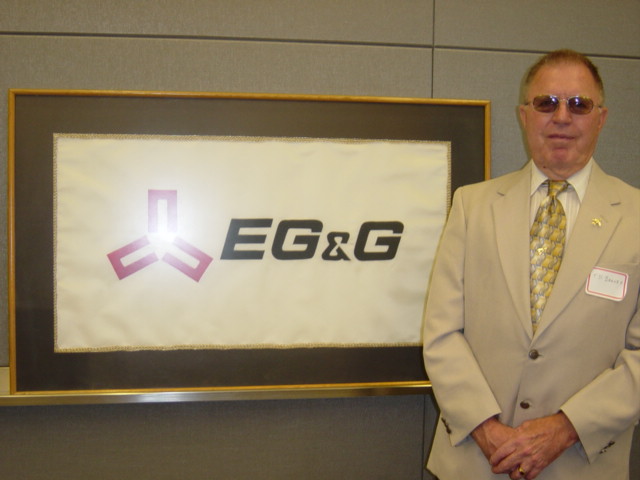
T.D. Barnes at EG&G reunion at atomic museum - 2006
 |
 |
 |